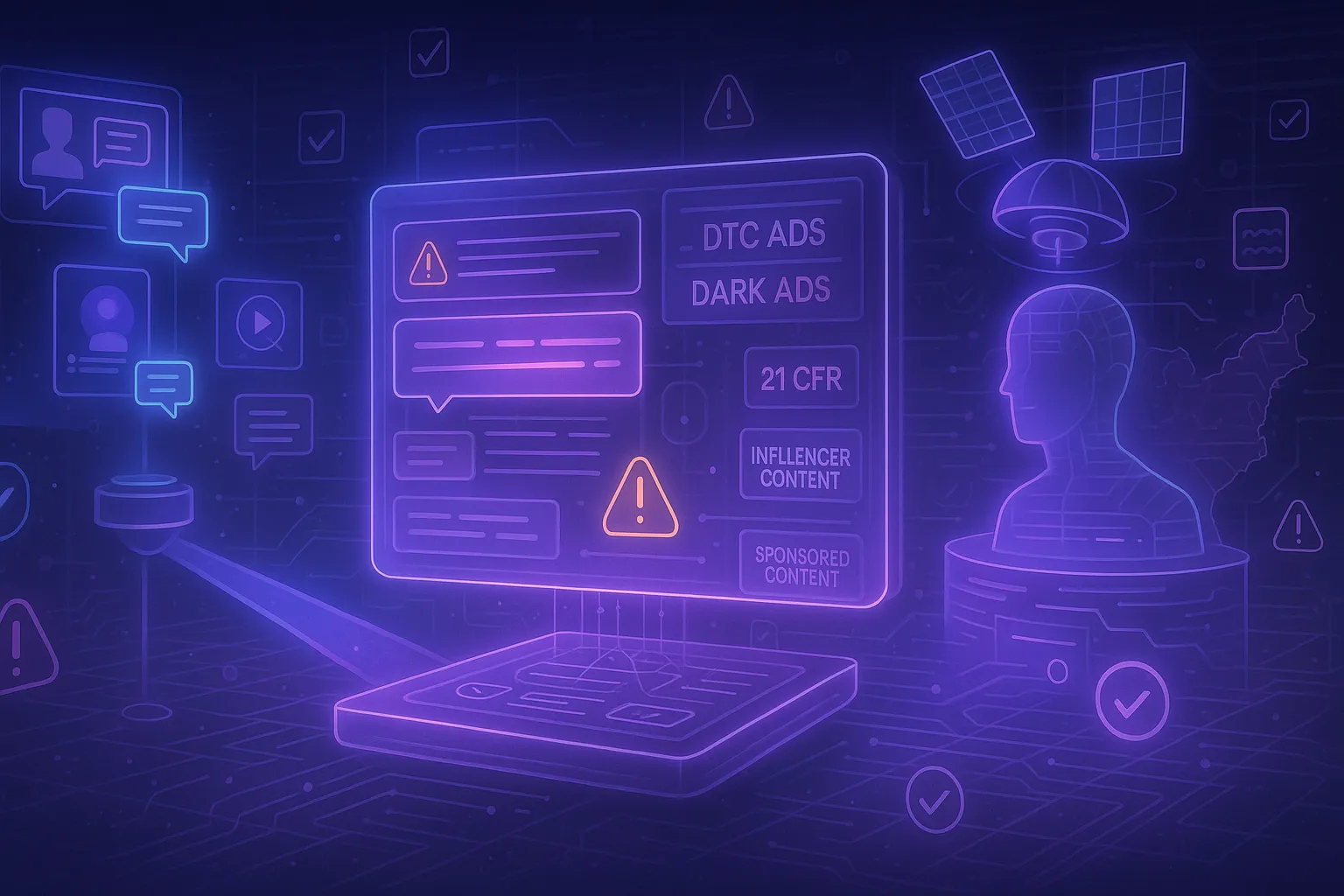FDA is using AI to police drug advertising across social and digital channels
Oct 06, 2025 | 4 min read

The agency is expanding proactive monitoring of DTC (direct-to-consumer) promotion—using AI (artificial intelligence) tools to flag risky claims, dark ads, and influencer content.
Summary
The FDA (US Food and Drug Administration) has stepped up enforcement on prescription drug promotion and outlined how it’s using AI to monitor ads across social media and other digital platforms. Recent actions include a broad “crackdown” on deceptive DTC ads and plans to track algorithm-targeted ads, dark posts, influencer content, chatbots, and other emerging formats. See the explainer from Pharmacy Times and recent FDA and legal summaries for what’s changing. Pharmacy Times+2U.S. Food and Drug Administration+2
What happened
- A recent Pharmacy Times analysis details how FDA is leveraging AI to review drug ads at scale—aiming to enforce fair balance and prevent misleading risk/benefit presentations in DTC promotion (How the FDA is using AI to monitor drug advertising). Pharmacy Times
- On Sept. 9, 2025, FDA and HHS announced a crackdown on deceptive drug advertising, including a large wave of letters and stepped-up social media oversight (FDA press announcement). U.S. Food and Drug Administration
- Follow-on legal briefings indicate FDA intends to close “digital loopholes” by explicitly watching algorithm-driven targeting, dark ads, platform-specific tactics, influencer/sponsored posts, AI-generated health content, and chatbot interactions (Hogan Lovells summary; Latham & Watkins note). www.hoganlovells.com+1
What’s new about FDA’s approach
- Proactive monitoring with AI: Instead of relying mainly on complaints, FDA’s OPDP (Office of Prescription Drug Promotion) is moving toward continuous, tech-assisted surveillance to detect non-compliant claims quickly (Pharmacy Times analysis). Pharmacy Times
- Social-first scrutiny: The enforcement focus extends to short-form video, ephemeral stories, micro-influencers, and platform-limited formats, where required risk information may be missing or minimized (Hogan Lovells). www.hoganlovells.com
- Volume and speed: The crackdown featured a high volume of letters and signals a faster cadence of actions as monitoring scales (FDA announcement; FDA Law Blog commentary). U.S. Food and Drug Administration+1
Key dates
- Sept. 9, 2025: FDA/HHS announce crackdown on deceptive DTC drug ads and expanded social media oversight (FDA press announcement). U.S. Food and Drug Administration
- Late Sept. 2025: Multiple law-firm briefs outline AI-related monitoring priorities and practical implications for sponsors and marketers (Latham & Watkins PDF; Ropes & Gray alert). Latham & Watkins+1
What to watch next
- Whether FDA updates or supplements its social media guidances to address AI-generated content, chatbots, and targeted ads explicitly (FDA social media page). U.S. Food and Drug Administration
- Trends in OPDP letters and examples involving influencers, short-form video, or AI-assisted content creation, which could set de-facto standards. National Law Review
Why this matters for you
Review teams should expect more automated surveillance of brand channels and faster enforcement cycles. That makes clear risk language, fair-balance visuals, and claim support non-negotiable—even in character-limited posts or video overlays. Build platform-specific templates that reserve space for risk info, link to full PI (prescribing information), and avoid disease/general claims that could be tied back to a brand.
Digital, legal, and compliance leaders should tighten controls around influencers, dark ads, and chatbots. Require pre-approved copy, on-screen risk callouts, and UTM/asset IDs to track every variant. Document provenance if any AI tools touch copy or visuals (who prompted it, what sources were used) and keep review trails. If the algorithm targets a niche audience, confirm the intended use and indication boundaries are still clear to that audience—then monitor comments and auto-responses the same way you monitor the post.
Speak With Our Team
Let’s work together



 Gradial
Gradial  PEGA
PEGA 




